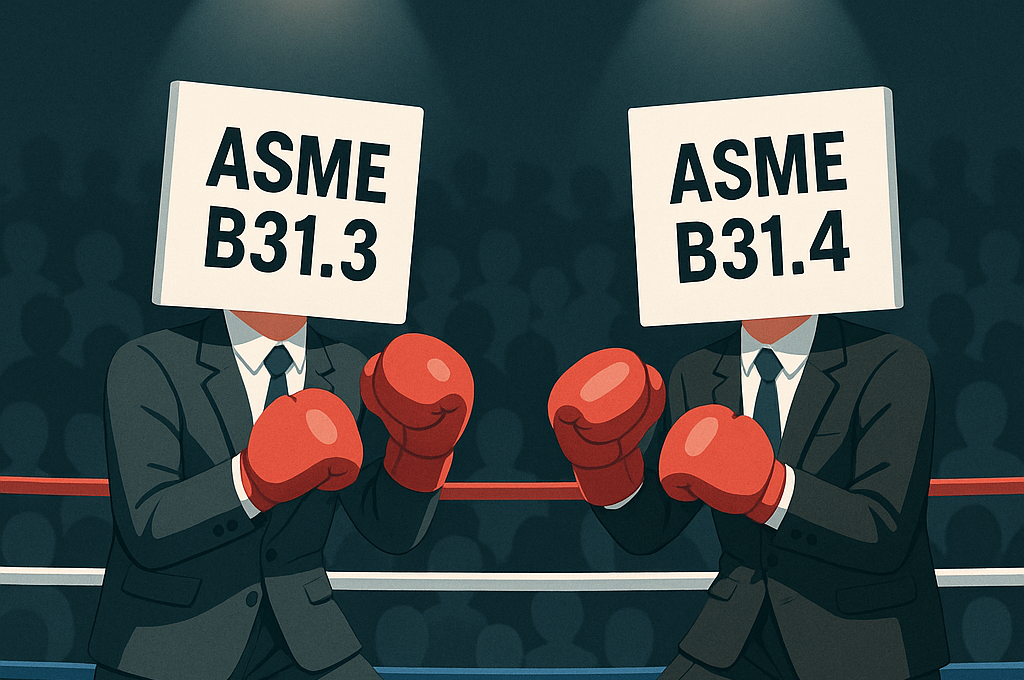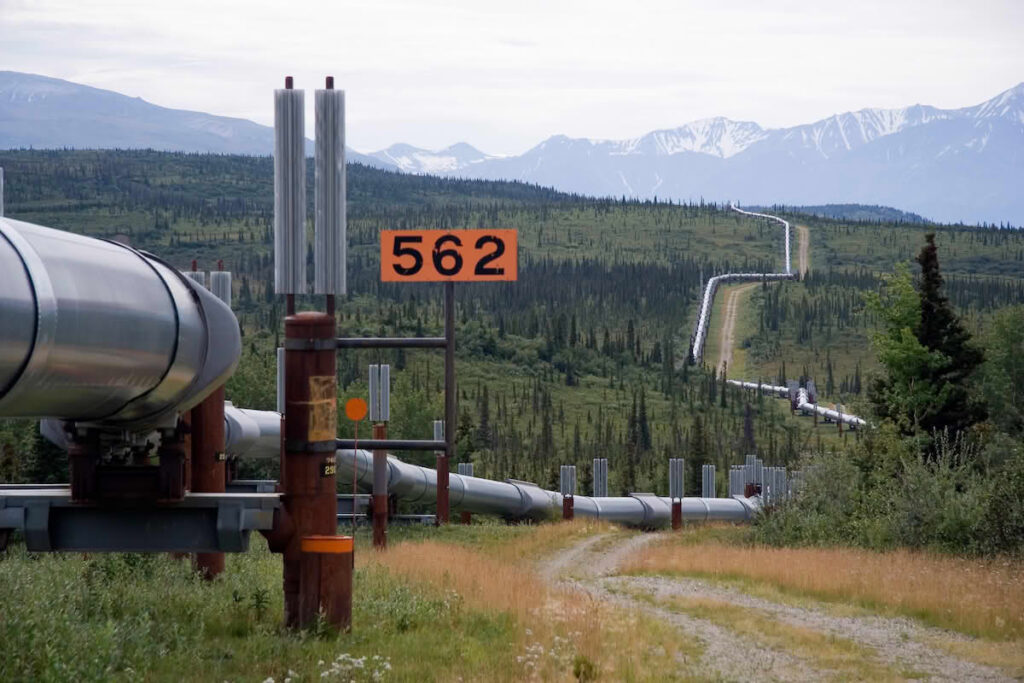What is GRE & GRP Pipes?
- GRE stands for Glass Reinforced Epoxy
- GRP stands for Glass Reinforced Plastics
- GRE & GRP pipes are made using high strength fiberglass and an epoxy resin.
- A continuous filament winding process is used to create GRE pipes.
- GRE pipes are a valid alternative to carbon steel pipes for long service life.
- The followed international standard for GRP/GRE is ISO-14692
What is the difference between GRE and GRP Pipes?
The main difference between GRE and GRP is the type of resin that is used to bond the glass fiber together. An operational difference would be that GRE is often used for high temperature and pressure applications of up to 100-120 bars, while GRP is used for low pressure applications.
Advantages
- High Strength-to-Weight Ratio: GRE pipes are lightweight yet mechanically strong. They offer excellent load-bearing capacity without the weight associated with steel pipes.
- Corrosion Resistance: GRE pipes are highly resistant to corrosion, making them ideal for harsh environments, chemical processing plants, and offshore installations.
- Low Thermal Conductivity: GRE pipes have low thermal conductivity, which helps maintain consistent fluid temperatures and minimizes heat loss.
- Ease of Installation: Due to their lightweight nature, GRE pipes are easier to handle and install compared to heavy steel pipes.
- Long Service Life: Properly designed and installed GRE pipes can have a long service life, reducing maintenance costs.
Joining Methods
- Bonded Connections:
- GRE pipes can be bonded together using adhesive materials. This creates a strong, continuous joint between pipe segments.
- O-Ring Connections:
- These connections involve using O-rings to seal pipe joints. They can be either restrained or unrestrained, depending on the application.
- Screw Connections:
- Screwed connections involve threaded fittings that secure GRE pipes together. They are commonly used for ease of assembly and disassembly.
- Laminated Connections:
- Laminated connections are used for repairs or tie-ins. Layers of resin-impregnated fiberglass fabrics are added to reinforce the joint.
Applications
- Oil & Gas Industry
- GRE pipes are extensively used for crude oil transportation, oil field applications, and in petrochemical plants and refineries.
- Water and Sewage Management
- GRE pipes are corrosion-resistant, cost-effective, lightweight, and durable. They are ideal for water and sewage systems, including desalination plants.
- Offshore and Onshore Systems
- GRE pipes are suitable for both offshore platforms and onshore installations. Their corrosion resistance makes them valuable in harsh marine environments.
- Fire-Fighting Systems
- GRE pipes are used in fire-fighting networks due to their reliability and resistance to corrosion.
- Chemical Processing Plants
- GRE pipes handle corrosive chemicals and solvents effectively, making them a preferred choice in chemical industries.
- Marine Applications
- GRE pipes are used in ships, marine structures, and offshore platforms for seawater transport and other marine services.
- Infrastructure and Utilities
- GRE pipes serve as conduits for various fluids, including water injection, gas transportation, and disposal of formation water.





